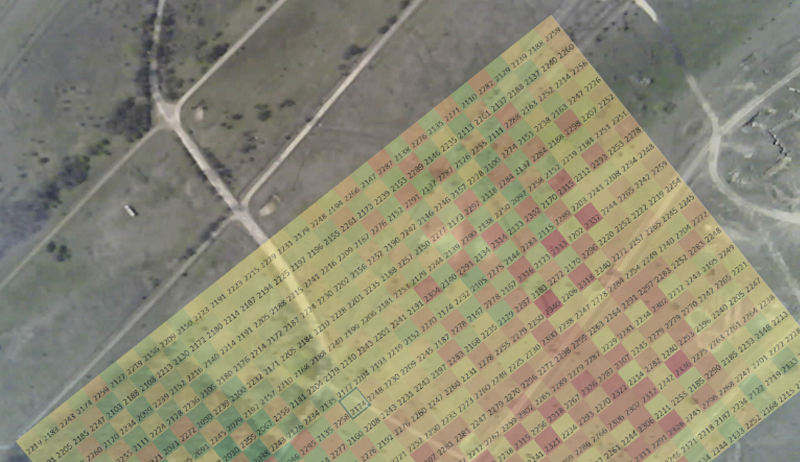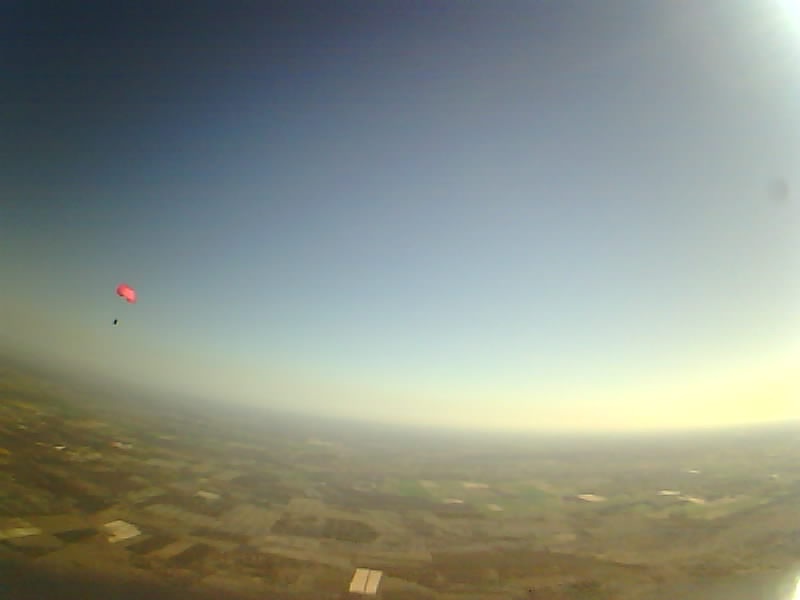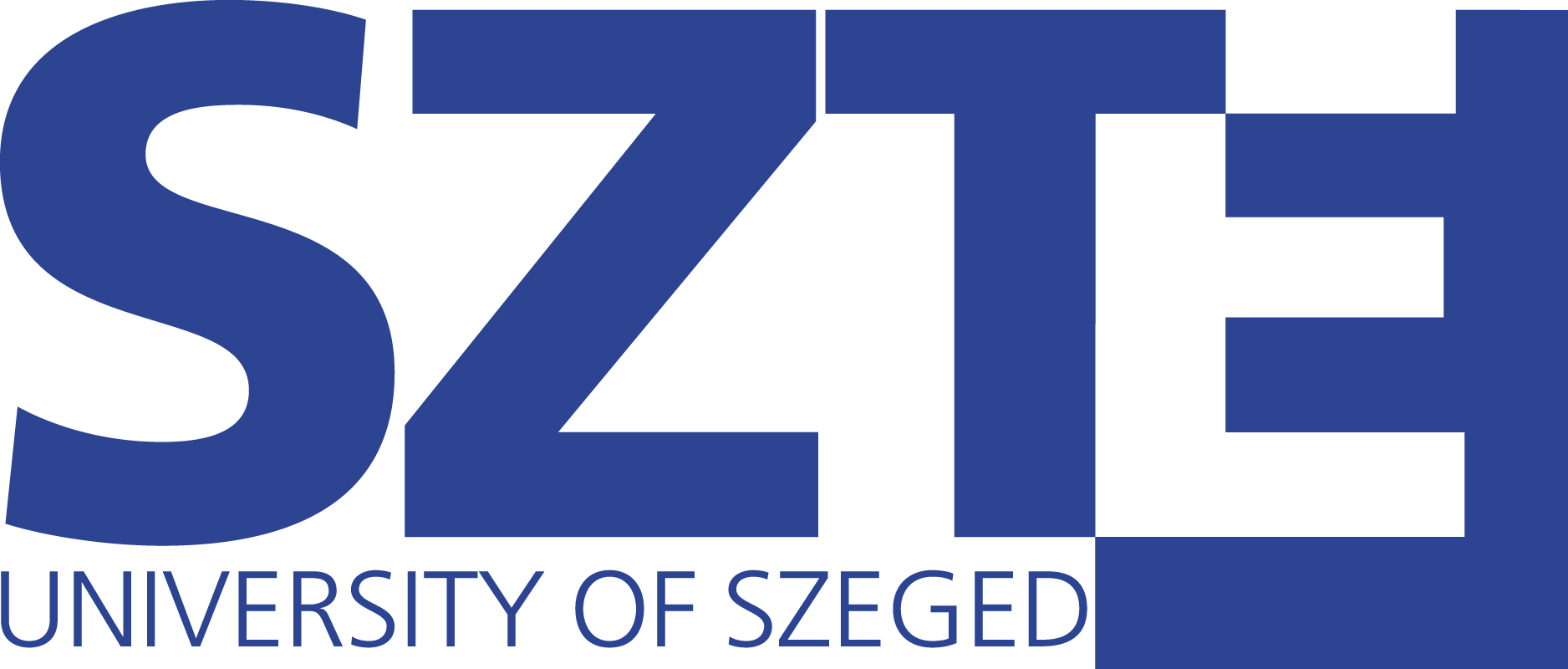
Students from Senta (Zenta) and Szeged achieved outstanding success at this year’s CanSat satellite-building competition, organized by the European Space Agency in cooperation with the Hungarian Astronautical Society. Rabbit_Aerospace, the team from the Bolyai Talent Development High School and Dormitory in Senta, took first place, securing the grand prize at this highly regarded international event. At the same time, the CANIS team, representing Radnóti Miklós Experimental High School in Szeged, received a special award from Suborbitals, the rocket-building team of the Budapest University of Technology and Economics. The University of Szeged takes great pride in the fact that both teams were mentored by faculty members from the Institute of Informatics at the Faculty of Science and Informatics: Associate Professor Dr. András Kelemen and Assistant Lecturer Dr. Ádám Kiss.
The CanSat competition is organized annually by the European Space Agency (ESA), with the national round coordinated in partnership with the Hungarian Astronautical Society. Over the years, it has evolved into a highly prestigious event, offering participants valuable opportunities for future academic and professional growth.
But what exactly is CanSat – and why is it so important for student advancement?
A CanSat is both a concept and a physical device – a small, functional satellite model built to simulate real satellite operations. Each device is equipped with the core systems a functioning satellite would need, yet it must fit within the volume of a standard soda can – hence the name CanSat. The challenge for students is to design and assemble all essential subsystems within this limited space, pushing their creativity, problem-solving skills, and teamwork to new heights.
A real rocket launch and real-world skills
The two-day final of the competition was held on April 4–5 at the Military Training Ground Command site in Tatárszentgyörgy, operated by the Hungarian Defense Forces. Out of 88 initial applicants, the top ten teams advanced to the final round – including the teams from Senta and Szeged, both mentored by instructors from the University of Szeged.
The finalists faced a formidable challenge: their CanSat satellites were launched to an altitude of roughly one kilometer using an actual rocket. After separating from the launch vehicle, each satellite carried out its mission – typically a scientific experiment or a technology demonstration. Following safe landing, the teams analyzed the data they had collected and presented their findings on the second day of the competition.
Beyond the technical challenges, the competition also tested a wide range of soft skills. Participants had to demonstrate not only professional knowledge and clear communication, but also manage responsibilities such as marketing, project coordination, and test flight logistics. The students rose to the occasion, collaborating with impressive professionalism and seamlessly dividing tasks – a clear sign of their ability to function as highly effective teams.
Senta’s winning team: Using thermal imaging to predict drought risk
The competition involved both required measurement tasks – such as pressure and temperature readings – and optional, custom-designed experiments created by each team. As team captain Botond Kis explained, the Rabbit_Aerospace team from Senta chose to conduct a series of thermal camera measurements as their secondary mission. By analyzing ground temperature, they were able to estimate soil moisture levels and even predict potential drought conditions. Their findings showed that trees, shrubs, and other large vegetation reduce ground temperature by 1.5 to 2.5 degrees Celsius compared to grassy or herbaceous areas.

Thermal map of the competition site
Source: Rabbit_Aerospace team
The team began processing data via radio communication immediately after the satellite was released from the rocket and later retrieved additional information from the satellite following its landing. “We worked on the data and the presentation until 2 a.m.,” Botond recalled. Building the satellite took six months of hard work, so it was no surprise that the team was overjoyed at the award ceremony. “When our name was announced, we immediately jumped up and dashed down the stairs,” he said, remembering the moment of victory. One of the organizers even joked, “Thank goodness you didn’t fall – you were sprinting so fast!”
As the winners of the competition’s grand prize, the Rabbit_Aerospace team earned the opportunity to showcase their work at an international conference in the Netherlands. The award also includes a visit to the European Space Research and Technology Centre (ESTEC) in Noordwijk. Botond emphasized how grateful the team was for the support they received during their preparation, especially from the University of Szeged and the CanSat Lab student lab network, of which the university is an active member.
Although two members of the team are still in their eleventh year of secondary school and would technically be eligible to compete again, they are likely to focus on their studies next year as graduation approaches. Still, Botond found the entire experience deeply inspiring and said it had reinforced his future plans. “I want to be an aerospace engineer. I feel that this competition has made me even more confident in my goals,” he said.

The CanSat reached an altitude of 1,054 meters.
Source: CANIS team
Szeged team: Focusing on measuring air quality
The CANIS team from Radnóti Miklós Experimental High School in Szeged set their sights on air quality as the focus of their CanSat mission. According to team leader Gergő Miszori, their goal was to measure and analyze atmospheric conditions during descent. What made their project stand out was the use of a custom-built artificial intelligence model. This model compared real-time atmospheric data collected in flight with pre-recorded air quality measurements taken earlier in Szeged. The AI model identified the strongest correlation with data from a sensor placed in a window of their high school, while the lowest correlation was observed with samples collected at Dóm Square, also in Szeged.
Despite the intense workload, Gergő said the atmosphere throughout the competition was exceptionally positive and motivating. “We were working right up until the last minute – even soldering at dawn on Friday,” he recalled. Although the team had little sleep, adrenaline kept them going. Their dedication paid off: the rockets launched successfully, and all but one CanSat returned safely. The CANIS team’s performance stood out even more given the jury’s remark that this year’s final featured the strongest field in the competition’s history.
Once their CanSat landed, the CANIS team immediately began analyzing the collected data, working into the early hours – until 3 a.m. Their commitment was rewarded with the Suborbital Special Prize from the Budapest University of Technology and Economics (BME). This honor grants them a remarkable opportunity: their CanSat will be launched aboard BME Suborbitals’ high-powered rocket during the Project Aurora event in Portugal, set to reach an altitude of approximately 3 kilometers. The team has already begun working with BME’s research group and was even invited to visit their workshop in Budapest.
The students’ passion was undeniable – so much so that they decided, right after the competition ended, to return next year with an entirely new and even more ambitious concept. As Gergő explained, they consider their current project complete and are ready to aim even higher.

The CANIS team’s CanSat, moments before being loaded into the rocket
Source: CANIS team
Making everyone feel like a winner
As mentor to both teams, Dr. Ádám Kiss described the competition as the culmination of a long and rewarding journey. Despite their initial uncertainty about what direction to take, the students remained determined from start to finish. In his view, the most valuable outcome was the transformation he witnessed: by the end, the students had developed such a deep understanding of the technical processes that they could independently design a complete instrument, device, or experiment. He remarked that “it’s rare to experience such genuine excitement without the pressure of high stakes. But that’s exactly what this competition offered: the thrill of creating and succeeding, without stress. Everyone who made it to the final could feel like a winner. Each team built a functioning device, completed a real experiment, and took pride not only in their own work, but in what the others had achieved as well.”
Dr. András Kelemen, who mentored the Szeged team alongside Dr. Kiss, emphasized the event’s powerful role in building community and fostering teamwork. He noted that “everyone knew exactly what their role was and how they could support one another. Every team in the final showed remarkable discipline in how they worked. The students were fully aware that they were operating in a potentially hazardous environment, and they took it seriously – they knew how to move, what to watch for. In fact, the teams behaved more like collaborators than competitors. They helped one another throughout the event. Watching that unfold was truly inspiring.”
Meeting Hungarian astronaut candidate Ádám Schlégl
The significance of the CanSat student competition was evident in the high-profile attendance throughout the event. Orsolya Ferencz, Ministerial Commissioner for Space Research, was present at every stage, actively following the teams’ progress. The Hungarian Defense Forces and deans from the host universities also took part, demonstrating the competition’s national relevance and educational value. Adding further prestige to the event, Dr. Ádám Schlégl – a participant in Hungary’s HUNOR space program and a candidate for a future mission to the International Space Station – was present for the launch of the student-built research rockets. His presence gave students a unique opportunity to engage with someone preparing for human spaceflight, ask questions, and gain insights into the world of space research.
Original Hungarian article by Tímea Fülöp
Feature photo: The SZTE-mentored teams pictured with Dr. Ádám Schlégl, astronaut candidate and research and development expert of the HUNOR program
Source: CANIS team

